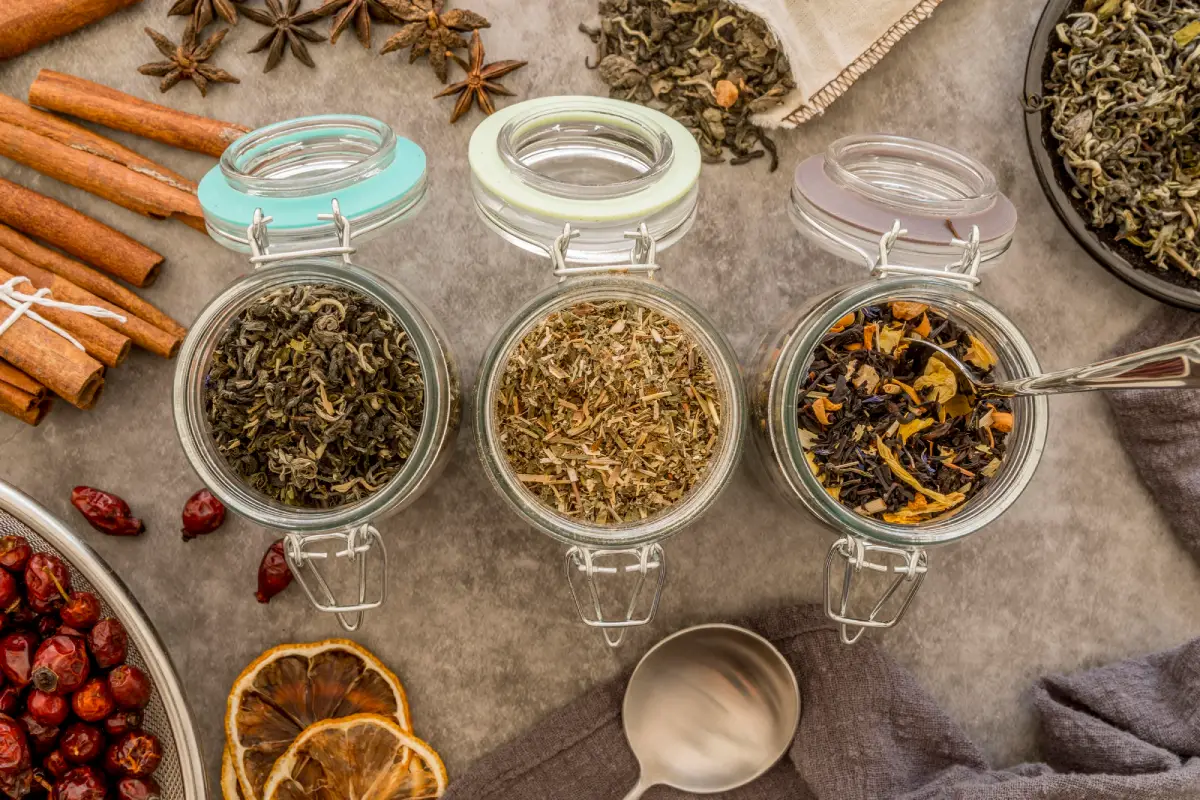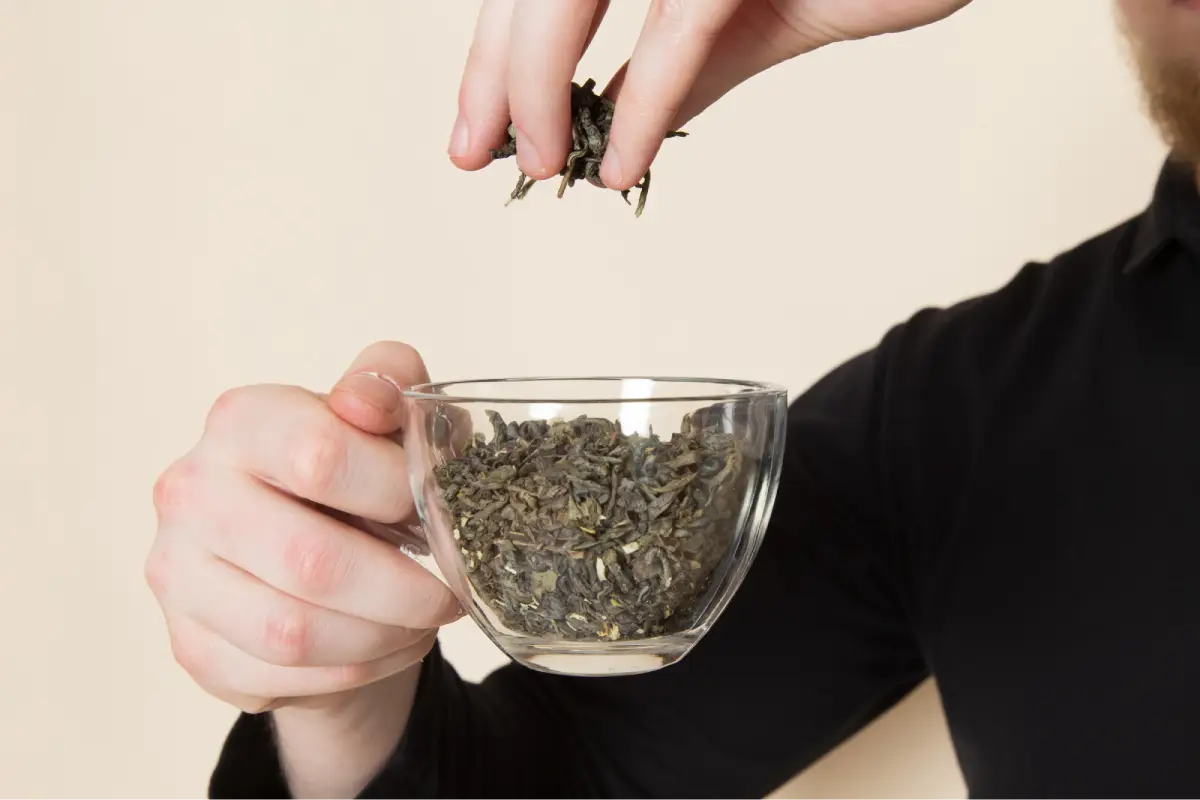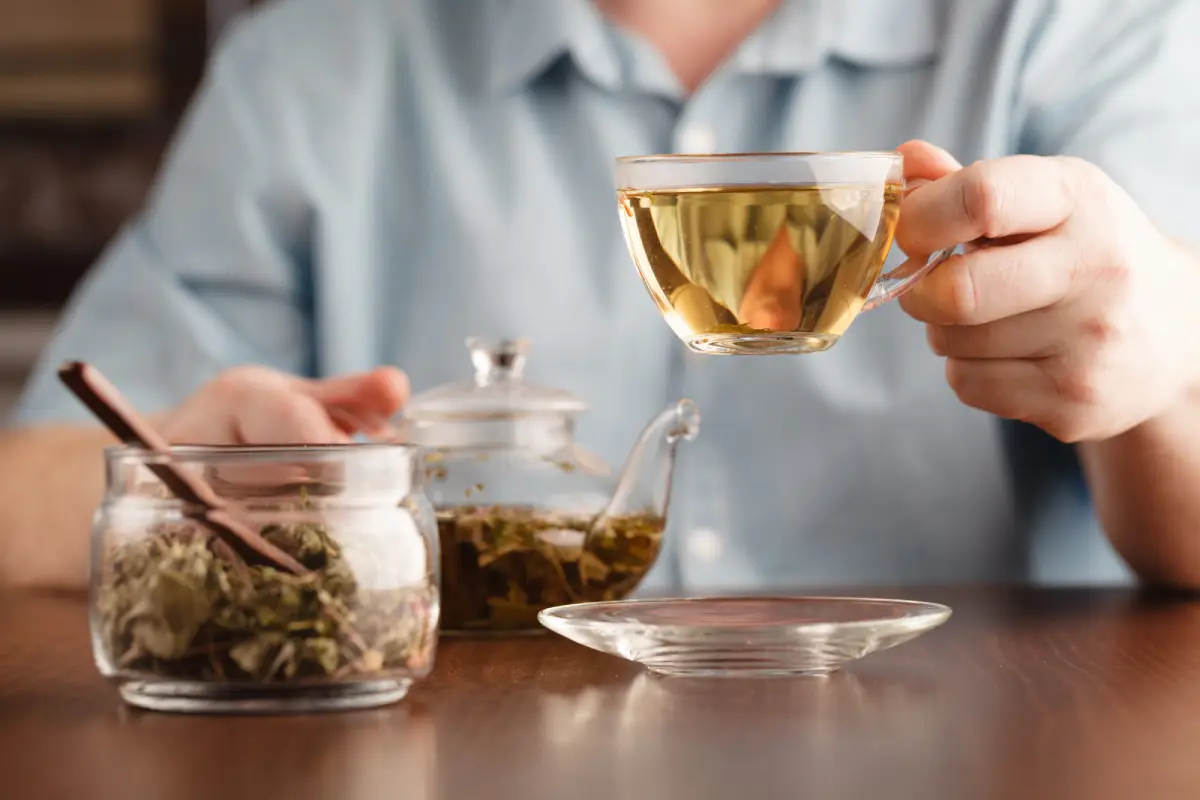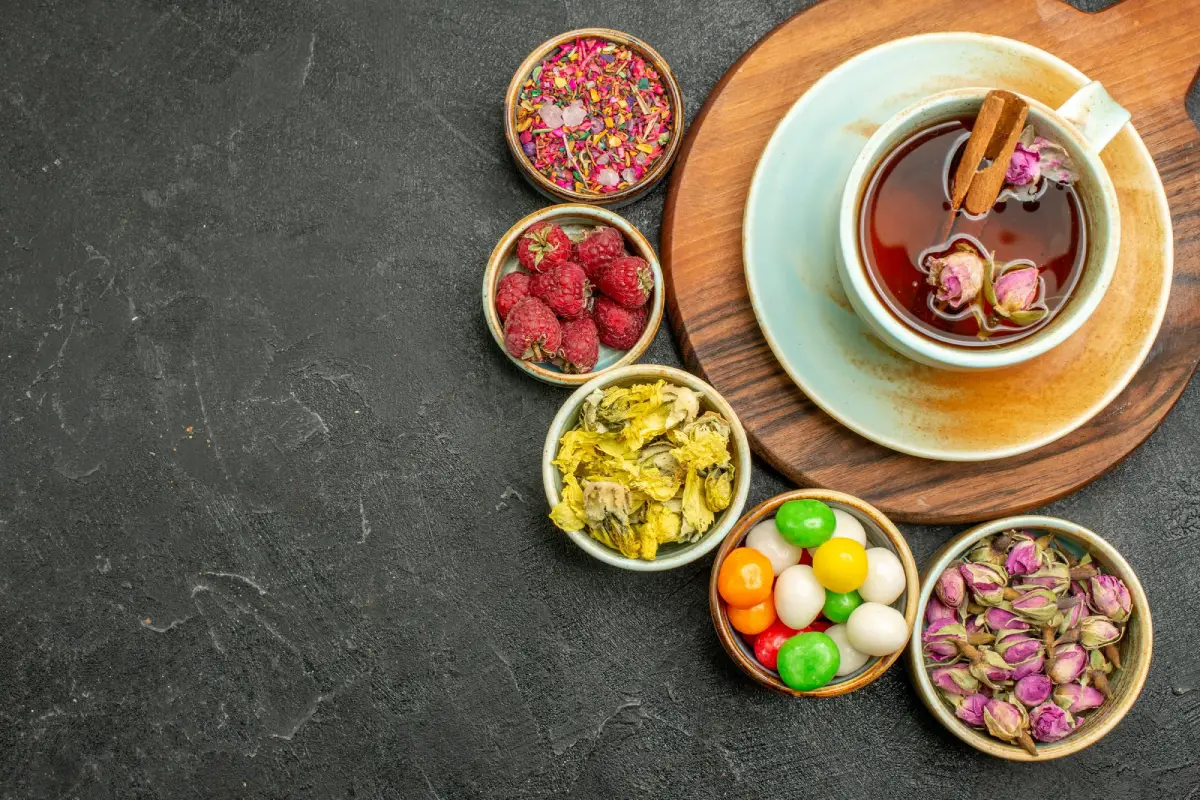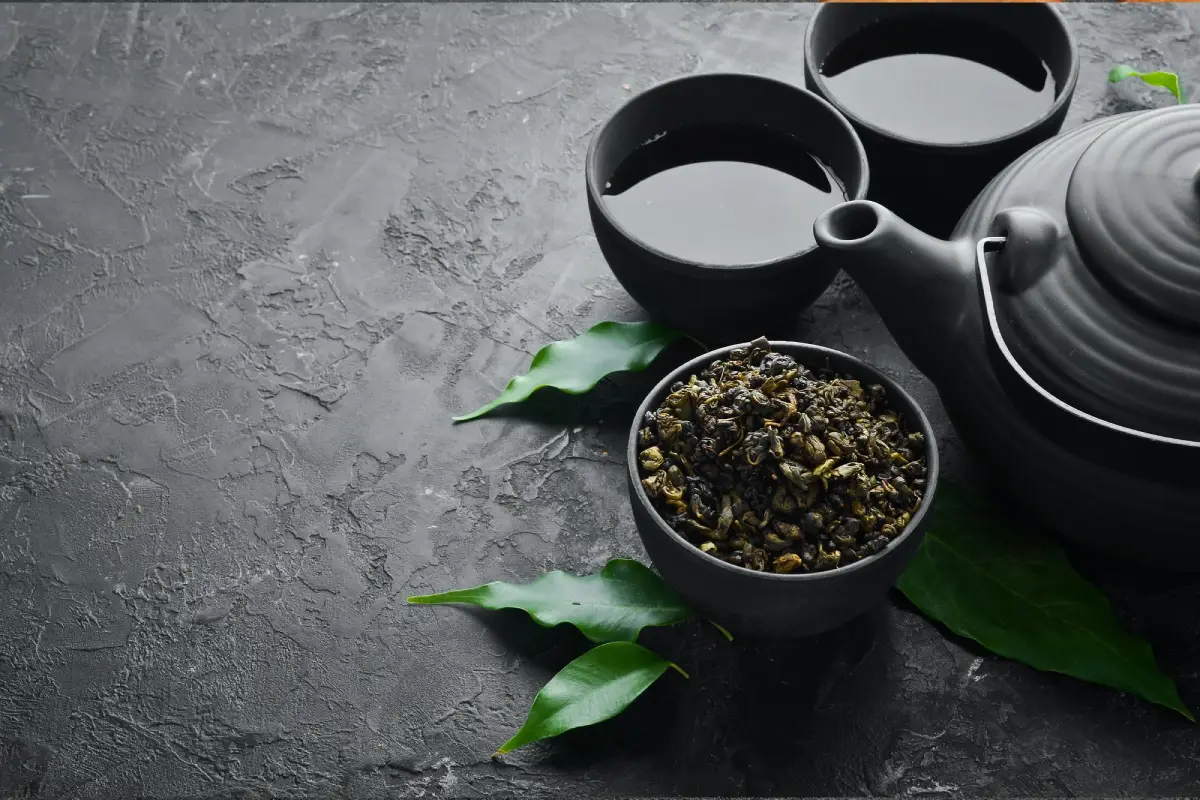Earl Grey tea is a classic, known for its unique bergamot flavor. Yet, many wonder if all Earl Grey teas are alike. This article explores the diversity within this beloved tea. We’ll look at its variations, history, and what makes each blend special. From traditional to modern twists, we aim to reveal the uniqueness of Earl Grey tea. Join us to discover the rich flavors and stories behind each cup.
Understanding Earl Grey Tea
Earl Grey tea is renowned for its signature flavor, primarily derived from bergamot oil. This oil, extracted from the peel of the bergamot orange, imparts a distinctive citrus note that sets Earl Grey apart. The base of Earl Grey is usually black tea, which, when infused with bergamot oil, acquires its characteristic taste. However, the flavor of Earl Grey can vary significantly. This variation is due to factors such as the quality of the tea leaves, the type of bergamot oil used, and the specific methods of infusion. Consequently, Earl Grey offers a spectrum of experiences, ranging from floral and delicate to rich and full-bodied. By understanding these differences, tea lovers can better appreciate the diversity and richness of Earl Grey tea, recognizing that each blend brings its own unique taste and aroma to the table.
Varieties of Earl Grey Tea
The world of Earl Grey tea is rich and diverse. At its heart, the classic Earl Grey offers a smooth black tea base infused with the zesty flavor of bergamot oil. Yet, this is just the starting point. For instance, French Earl Grey brings a twist with added floral notes and citrus peels, creating a more complex bouquet. Meanwhile, Lady Grey offers a lighter alternative, blending subtle hints of orange and lemon with the traditional bergamot. Moreover, the exploration doesn’t stop here. Artisans have crafted blends that incorporate lavender, rose, and even cream, each adding a unique layer to the Earl Grey experience. This variety ensures that there’s an Earl Grey for every palate, showcasing the tea’s versatility and broad appeal. As we delve into these variations, it becomes clear that Earl Grey is not a one-note tea but a symphony of flavors waiting to be discovered.
The Flavor Profile of Earl Grey Tea
Earl Grey tea’s charm comes from its unique flavor. This blend combines rich black tea with the bright taste of bergamot. Such a mix makes Earl Grey stand out. The strength and depth of bergamot vary across different blends. This variation depends on the black tea quality, the bergamot oil amount, and how producers make the tea.
Some versions add extra flavors. For example, French Earl Grey includes floral touches, and Lady Grey has mild citrus hints. These additions make the Earl Grey family even more diverse. Every sip can offer bold to delicate tastes, showing the tea’s complexity.
Exploring Earl Grey’s flavors helps tea lovers appreciate its range. Whether you enjoy it pure or seek out variations, Earl Grey has a version for every taste. Each blend offers a new take on the classic flavor, inviting you to find your favorite.
Comparing Earl Grey with Other Teas
Earl Grey tea holds a unique position in the tea world, known for its distinctive bergamot infusion. But how does it stand apart from other teas? First, compared to traditional black teas like English Breakfast or Assam, Earl Grey shines with its citrusy bergamot aroma, offering a refreshing twist. Meanwhile, teas like Green or Oolong lack the bergamot flavor, presenting a vastly different taste profile.
Then there’s Countess Grey, a variation that adds a twist with more orange peel, giving it a fruitier edge over the classic Earl Grey. This comparison shows how Earl Grey’s signature bergamot essence sets it apart, offering a unique taste experience. It’s this distinctive characteristic that makes Earl Grey a favorite among many tea lovers, blending tradition with a zestful flair that other teas don’t provide. Whether you’re looking for the comforting familiarity of black tea or the refreshing twist of citrus, Earl Grey offers the best of both worlds.
The History and Origin of Earl Grey Tea
The story of Earl Grey tea is as intriguing as its flavor. This tea owes its name to Charles Grey, the 2nd Earl Grey and British Prime Minister in the 1830s. Legend has it that the tea was a gift from a Chinese mandarin to Earl Grey, blending black tea with bergamot to offset the lime flavor in the local water at Grey’s home. However, this tale, while captivating, lacks historical evidence.
More likely, the tea was a clever marketing invention by British tea merchants in the 19th century. They added bergamot oil to black tea to mimic the more expensive types of Chinese tea. This innovation not only created a distinctive flavor but also a new category of flavored teas that gained popularity in Britain and beyond.
Today, Earl Grey remains a symbol of British tea culture, its history intertwined with tales of diplomacy, trade, and innovation. Its creation marks a pivotal moment in the tea industry, showcasing the blend of tradition and creativity that continues to captivate tea enthusiasts around the world. Earl Grey’s enduring popularity is a testament to its unique flavor and the rich history it represents.
Health Benefits Associated with Earl Grey Tea
Earl Grey tea is not just celebrated for its unique flavor but also for its potential health benefits. Primarily made from black tea, Earl Grey contains antioxidants that can help fight free radicals, reducing the risk of chronic diseases. The signature bergamot oil in Earl Grey is rich in compounds like flavonoids, known for their anti-inflammatory properties.
Regular consumption of Earl Grey may contribute to heart health. The flavonoids in bergamot can improve blood circulation and lower cholesterol levels. Additionally, Earl Grey tea has been linked to stress relief, thanks to the calming effect of bergamot. It may also aid in digestion and enhance the immune system, making it a beneficial addition to your daily routine.
Moreover, for those looking to maintain a healthy weight, Earl Grey tea can be a calorie-free alternative to sugary beverages. The caffeine content, though moderate, can provide a gentle energy boost without the jitters associated with stronger caffeinated drinks. For more on the health benefits of drinking tea, the Harvard T.H. Chan School of Public Health gives an insightful overview.
It’s important, however, to consume Earl Grey in moderation, as excessive intake of bergamot oil might interact with certain medications and increase photosensitivity in some individuals. As with any dietary component, balance and moderation are key to enjoying the health benefits of Earl Grey tea.
Brewing Techniques
When it comes to brewing Earl Grey tea, the question, “Are all Earl Grey teas the same?” becomes particularly relevant. The brewing technique can significantly influence the final taste of the tea, highlighting the distinct characteristics of different Earl Grey blends.
To ensure you get the most out of your Earl Grey, start with fresh, cold water, as it will bring out the full flavor of the tea. The optimal brewing temperature for Earl Grey, given its black tea base, ranges between 90°C to 95°C (194°F to 203°F). This precision helps to extract the delicate bergamot essence without overpowering the tea’s natural flavors.
Steeping time is another critical factor. A general guideline is to steep Earl Grey for 3 to 5 minutes. A shorter steep might not fully release the bergamot’s complexity, while a longer one could overshadow the tea’s subtle notes with bitterness.
The choice of whether to add milk, lemon, or honey to Earl Grey is a personal preference that can further distinguish one Earl Grey experience from another. Some purists argue that adding milk may mute the bergamot’s brightness, while others find it enhances the tea’s richness.
Ultimately, mastering the brewing techniques for Earl Grey tea can reveal the diversity within this category, answering the question, “Are all Earl Grey teas the same?” in each sip. Experimentation and personalization in brewing can lead to discovering your perfect balance, showcasing the unique qualities of your chosen Earl Grey blend.
Food Pairings
Pairing Earl Grey tea with food can enhance both the tea and the culinary experience. Its distinct citrusy flavor from the bergamot oil makes it versatile for pairing with a wide range of dishes. Here are some suggestions to complement the unique taste of Earl Grey tea:
- Breakfast Foods: Earl Grey pairs wonderfully with traditional breakfast items like scones, croissants, and toast with marmalade. The tea’s citrus notes complement the buttery flavors of pastries and the sweetness of jams.
- Afternoon Tea Snacks: For an afternoon tea setting, Earl Grey goes well with delicate finger sandwiches, such as cucumber or egg and cress, enhancing the light, savory flavors without overpowering them.
- Desserts: The tea is a perfect match for lemon drizzle cake, lavender shortbread, or Earl Grey-infused chocolate truffles. Its bergamot essence accentuates the citrus and floral notes in these sweets.
- Cheeses: Earl Grey can accompany soft, creamy cheeses like Brie or Camembert. The contrast between the creamy texture of the cheese and the bright, aromatic flavor of the tea is delightful.
- Fruit Salads: A fruit salad with citrus fruits or berries can be elevated with Earl Grey tea. The tea’s bergamot flavor mirrors the fruit’s acidity and sweetness, creating a harmonious balance.
When pairing food with Earl Grey tea, consider the strength of the tea’s flavor and the dish’s intensity. A good pairing should balance the tea’s citrusy bergamot notes without overwhelming the taste of the food. Twinings provides excellent guidelines on pairing tea with food, which can be a great resource for those looking to delve deeper into culinary pairings.
Selecting the Best Earl Grey Tea
When embarking on the quest to find the best Earl Grey tea, one might wonder, “Are all Earl Grey teas the same?” The answer lies in understanding the nuances that differentiate various Earl Grey blends. Here are some tips to help you select a high-quality Earl Grey tea that suits your palate:
1. Quality of Tea Leaves:
Look for Earl Grey made with high-grade black tea leaves. The tea’s base should have a rich, full-bodied flavor that can complement the bergamot oil without being overshadowed by it.
2. Bergamot Flavor:
The essence of Earl Grey lies in its bergamot flavor. Select a tea that uses natural bergamot oil rather than artificial flavorings. Natural oil provides a more nuanced and authentic taste.
3. Aroma and Freshness:
Freshness is key to the flavor and aroma of Earl Grey tea. Check the packaging for a seal that ensures freshness. A strong, fresh bergamot aroma when you open the package is a good sign of quality.
4. Loose Leaf vs. Tea Bags:
While tea bags offer convenience, loose leaf teas often provide a superior taste experience. Loose leaves allow for better water circulation around the tea, resulting in a more flavorful brew.
5. Organic and Ethical Sourcing:
Consider brands that offer organic Earl Grey tea, which ensures the tea is grown without synthetic pesticides and fertilizers. Ethically sourced tea supports fair labor practices and sustainable farming.
6. Variations and Blends:
If you’re adventurous, explore different variations of Earl Grey, such as French Earl Grey with additional floral notes or blends with other flavors like lavender or vanilla. These can offer a unique twist on the classic Earl Grey experience.
By paying attention to these factors, you can select an Earl Grey tea that not only tastes great but also aligns with your preferences and values. Sampling different brands and varieties can help you discover your favorite blend, enhancing your tea-drinking experience.
FAQs
Why does Earl Grey taste different?
Earl Grey’s distinct taste mainly comes from bergamot oil, extracted from the bergamot orange peel. The type of black tea used as a base, the quality and quantity of bergamot oil, and the blend’s specific manufacturing process can all influence the final taste. This leads to variations in flavor across different brands and types of Earl Grey tea.
Is French Earl Grey the same as Earl Grey?
No, French Earl Grey differs from traditional Earl Grey. While both contain bergamot oil, French Earl Grey is enhanced with additional floral notes and sometimes citrus peels, giving it a more aromatic and complex flavor profile.
What is special about Earl Grey tea?
Earl Grey tea is special because of its unique use of bergamot oil, which gives it a distinctive citrusy flavor unlike any other tea. This characteristic, combined with the rich history and versatility in blends and brewing methods, makes Earl Grey a favorite among tea enthusiasts.
What is the difference between Earl Grey and Countess Grey tea?
The main difference lies in the flavoring. Earl Grey is flavored with bergamot oil, providing a distinct citrusy taste. Countess Grey tea, on the other hand, often includes additional citrus flavors, such as orange and lemon, making it fruitier and slightly milder than traditional Earl Grey.
Conclusion
Earl Grey tea, with its distinctive citrusy bergamot aroma, stands as a timeless favorite in the vast world of teas. This journey through the nuances of Earl Grey—from its rich history and diverse varieties to its unique flavor profile and health benefits—highlights the complexity and charm of this beloved tea. Whether you prefer the classic blend or are adventurous with French Earl Grey or Lady Grey, there’s an Earl Grey for every palate.
The versatility of Earl Grey extends beyond its flavor; it pairs beautifully with a range of foods, enhancing culinary experiences from breakfast to dessert. Moreover, understanding the proper brewing techniques and exploring food pairings can elevate your Earl Grey tea experience, making each cup a delightful adventure.
In answering common questions about Earl Grey, we’ve delved deeper into what makes this tea so special and beloved. As we conclude this exploration, it’s clear that Earl Grey’s enduring popularity is not just about its taste but also the stories, traditions, and moments it creates. Whether enjoyed in solitude for a moment of relaxation or shared with others as a gesture of hospitality, Earl Grey tea remains a symbol of sophistication and a source of comfort for tea lovers around the world. For a broader understanding of Earl Grey tea’s place in the world of teas, be sure to check out our comprehensive guide: “Best Earl Grey Tea: Your Ultimate Guide to Selecting and Enjoying“.

